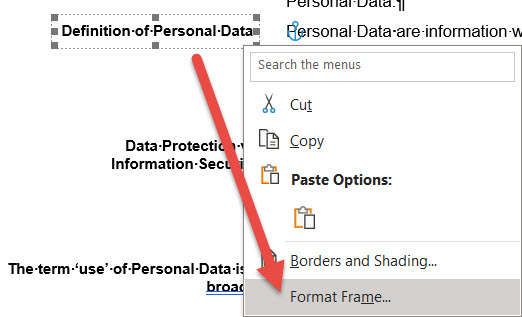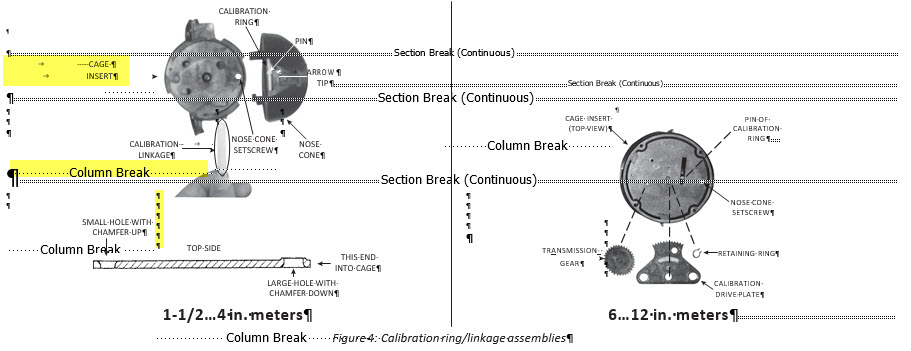How to Identify Word Files That May Cause Formatting Issues After Translation
Every PM occasionally receives files that have been auto-converted for translation. It’s not always easy to spot these to avoid formatting issues once files are exported from the CAT tool.
Today, I’ll outline for you and the {Cname} team how to recognize when a Word document wasn’t created from scratch but was instead automatically converted from a PDF, which could lead to formatting problems after translation.
The most common signs of auto-converted files:
1) At the end of each page, there is a “Section Break”.
After translation, if there is extra text that doesn’t fit on the page, you will have additional half-empty pages. It’s not always possible to fix this by simply removing the gap, because it can affect your page settings such as margins, headers, footers, or page size.

2) Headers and footers are NOT in the footers area.
The main text after translation will NOT be able to flow freely from page to page. After translation, the footer text will end up somewhere at the beginning/middle of the next page.
3) The height of the table rows is set in the “Exactly” mode.
If there is more text, it will begin to hide outside the line and will not be visible.

4) Text/tables are placed in Frames.
The text will not be able to flow freely from page to page / will begin to hide outside the frame if there is more symbols after translation.

5) The text in the images is NOT arranged using text boxes.
Instead, it is arranged with the use of columns, tab indentations, and lots of spaces:

6) A lot of broken sentences (this is especially noticeable in tables), a lot of extra spaces inside sentences.
As a result, incorrect segmentation in the CAT-tool and formatting violation in the output:

7) Incorrect table structure design
And many other hidden and unexpected formatting problems that will make the final formatting check a living hell.
We’d be glad to assist you with properly preparing your files for translation into CAT Tools, regardless of their complexity. Are you available for a brief call to discuss how we can tailor our services to meet your needs?”
